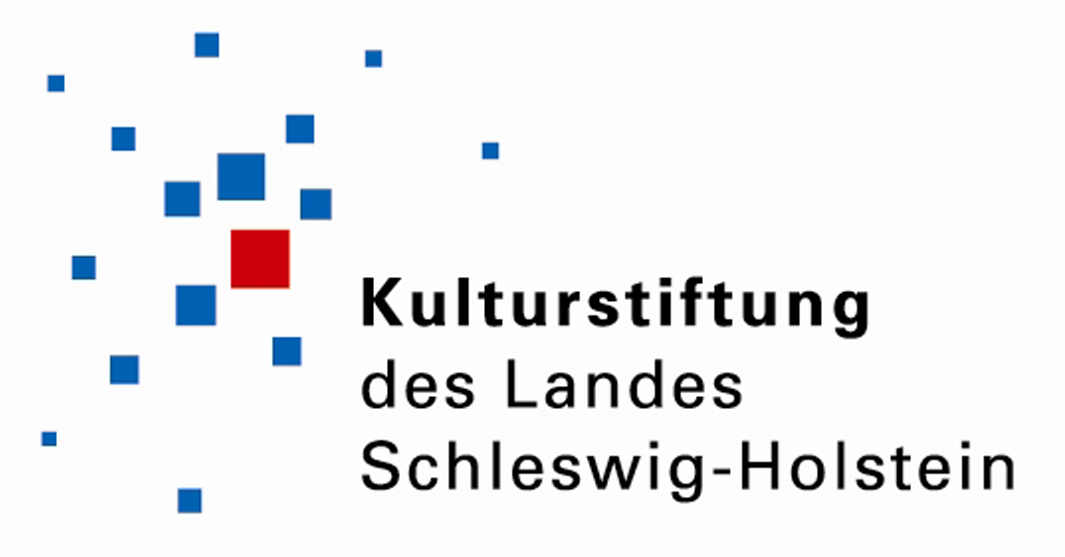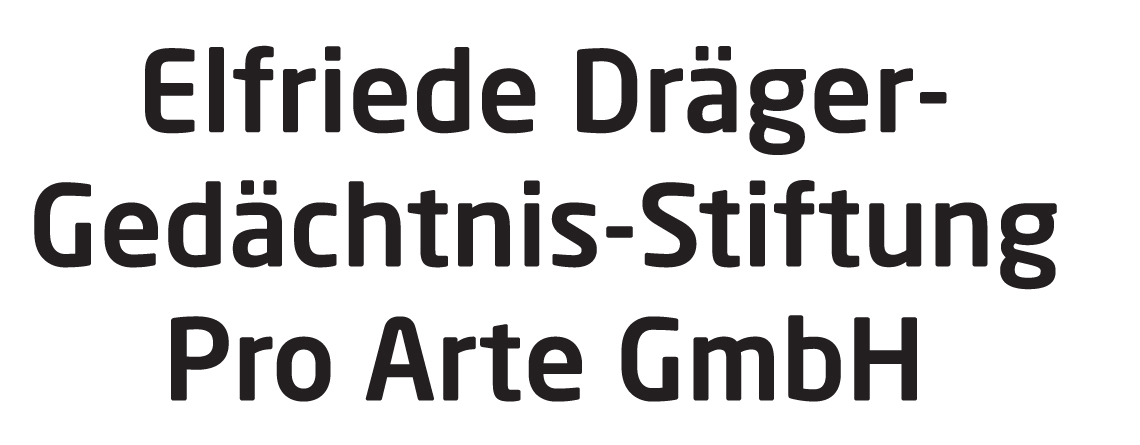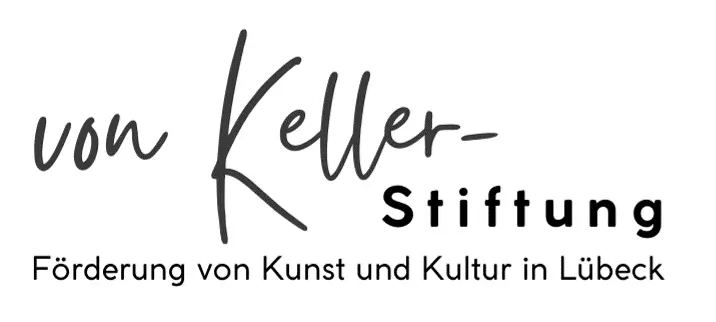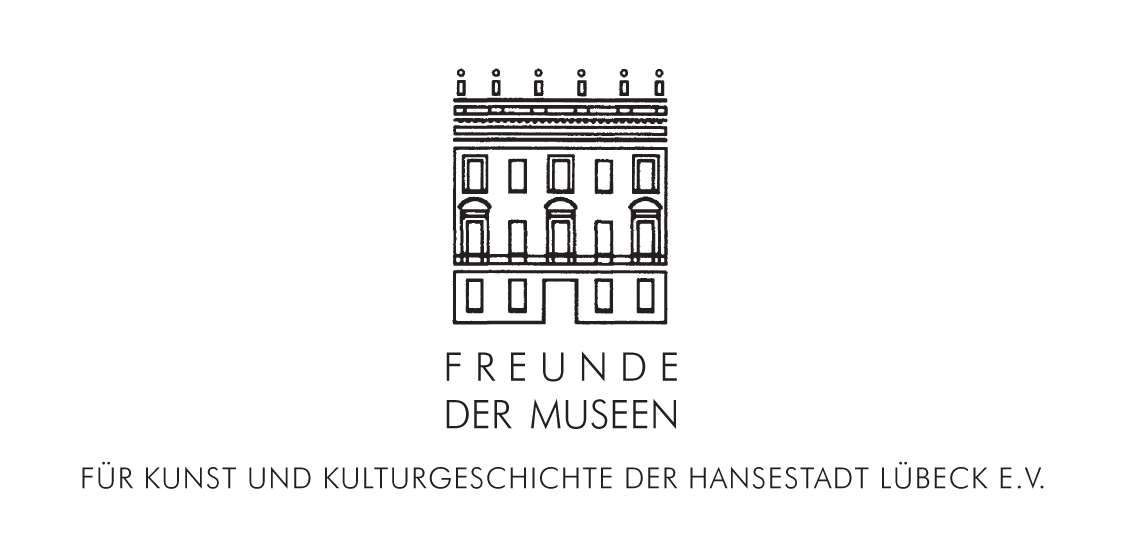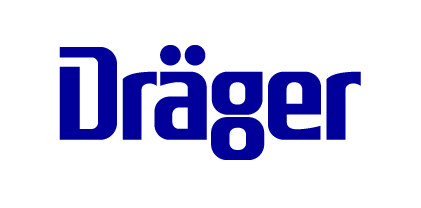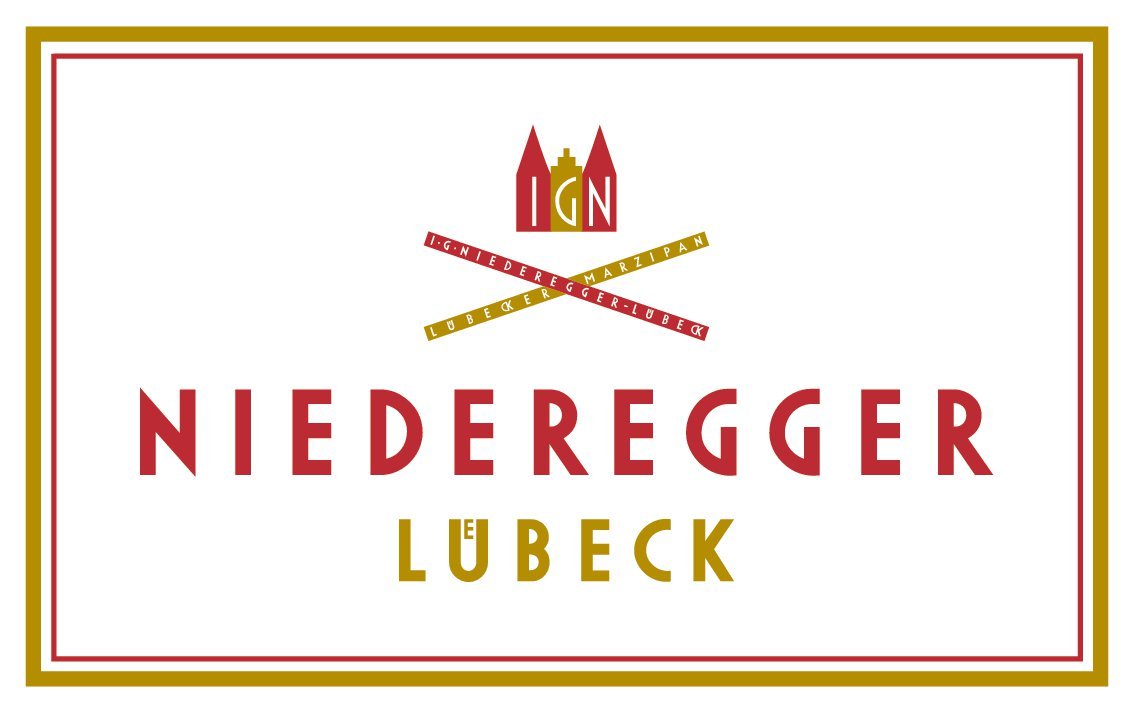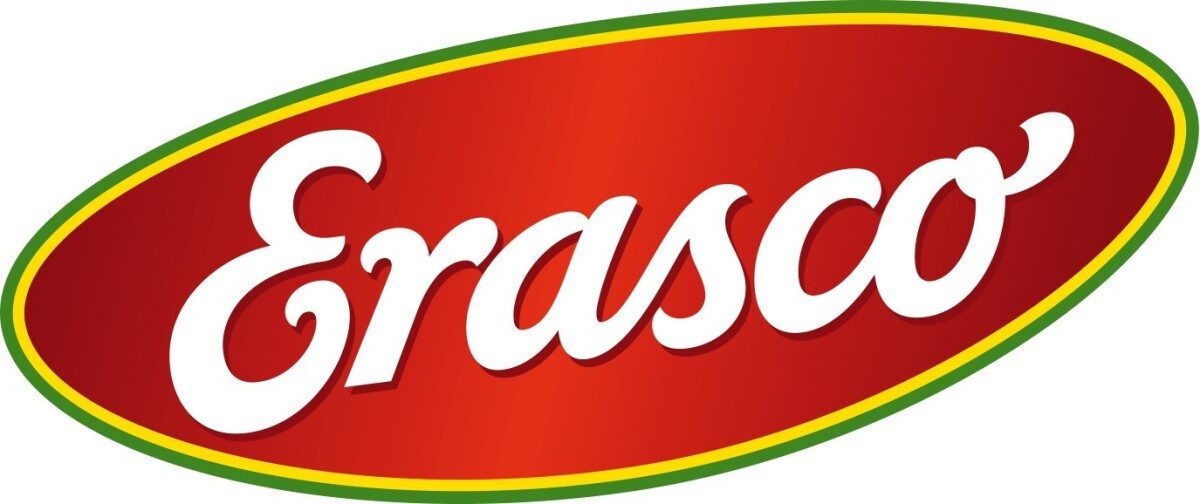875 Jahre – Lübeck erzählt uns was
Die Ausstellung zum Stadtjubiläum
09.09.2018 bis 06.01.2019
Unter dem tollen Titel 875 Jahre – LÜBECK ERZÄHLT UNS WAS – Die Ausstellung zum Stadtjubiläum präsentieren die LÜBECKER MUSEEN, das Europäische Hansemuseum, das Archiv der Hansestadt Lübeck, die Stadtbibliothek und der Bereich Archäologie und Denkmalpflege 100 Schätze der Lübecker Stadtgeschichte.
Das diesjährige Stadtjubiläum ist Anlass, zurückzublicken – auf die eigene Vergangenheit und auf das, was Lübeck ausmacht. Es eröffnet die Chance, Aspekte der Stadtgeschichte neu zu entdecken und zu erzählen. 2018 wird die Hansestadt Lübeck 875 Jahre alt und feiert dies mit einem ganz besonderen, stadtübergreifenden Ausstellungsprojekt. 100 einzigartige Objekte aus den reichen Lübecker Sammlungen stehen dabei im Mittelpunkt der Schau und verkörpern wie Teile eines Puzzles ein eindrucksvolles Bild der Stadtgeschichte. Zeitübergreifend erzählen die Exponate spannende, teils auch wundersame Anekdoten aus dem Leben Lübecks. Es sind Objekte, die Lübeck geprägt haben und deren Geschichten den gesamten Zeitraum von 875 Jahren umfassen. Ein Beispiel ist die Herings-Filetiermaschine, die Vertreterin und Zeugin der für Lübeck so wichtigen Fischindustrie ist und gleichzeitig darauf verweist, dass 1845 in Lübeck die erste Konservenfabrik in Deutschland entstand. In der Ausstellung wird sie mit den Schnitzaltären im Remter des St. Annen-Museums in den Dialog treten.
Aus jeder Epoche sind Exponate dabei, die stellvertretend für ihre Zeit den Charakter Lübecks widerspiegeln. Ein Nachttopf ist nicht einfach ein Nachttopf. Das darauf dargestellte Bildnis Napoleons erzählt von den sieben Jahren unter napoleonischer Besatzung von 1806 bis 1813. Er ist gleichzeitig Ausdruck und Reaktion der Lübecker gegenüber dieser Zeit. Über die Geschichte des 20. Jahrhunderts berichtet u.a. die Schreibmaschine von Willy Brandt, auf der Flugblätter gegen das Nazi-Regime verfasst und dadurch Widerstand geleistet wurde. Die sogenannte „Apothekermumie“ hingegen gibt das ein oder andere Rätsel auf – welche Geheimnisse verbergen sich hier und was hat sie mit Lübeck zu tun?
Mit dem angeschlossenen Burgkloster verfügt das Europäische Hansemuseum nicht nur über das größte und begehbare Exponat der Ausstellung, sondern besetzt damit zugleich das für die frühe Entwicklung der Stadt wichtige Thema der Dänenzeit (1201–1225/27). Die Spuren dieser Epoche können im Gemäuer des ehemaligen Dominikanerkonvents noch heute entdeckt werden.
Orte der Ausstellung sind das Museumsquartier St. Annen sowie das im Norden der Altstadt befindliche Burgkloster des Europäischen Hansemuseums. Das Stadtjubiläum ist Anlass für beide Institutionen, sich erstmalig zu einer Ausstellungspartnerschaft zusammenzufinden. Die Schau „875 Jahre“ ist durch ein einheitliches Design, ein beide Standorte verbindendes Rahmenprogramm und eine gemeinsame Eintrittskarte als kooperative Ausstellung konzipiert.
> Das Begleitprogramm zur Jubiläumsausstellung finden Sie hier
> Hier geht es zu den Familien- und Ferienangeboten
> Angebote für Schulklassen und Kindergartengruppen finden Sie hier
> Der Audioguide zur Ausstellung
> Zur Website des Europäischen Hansemuseum
> English Version
In an exhibition entitled “875 Jahre – LÜBECK ERZÄHLT UNS WAS – Die Ausstellung zum Stadtjubiläum” the LÜBECKER MUSEEN, the European Hansemuseum, the Archive of the Hanseatic City of Lübeck, the Municipal Library, and the Archaeology and Listed Build-ings Department are presenting 100 artefacts that illustrate the history of the city.
The city’s jubilee this year provides an opportunity to look back at the history of Lübeck and its defining characteristics. It gives us a chance to rediscover and retell certain aspects of the city’s history. The Hanseatic City of Lübeck is 875 years old in 2018 and it is celebrating with a very special exhibition project at two sites in the town. 100 unique objects from Lübeck’s extensive collections are at the centre of the show and add up to form an impressive image of its urban history – like pieces in a jigsaw puzzle. The exhibits recount thrilling and sometimes curious anecdotes from Lübeck’s past. They are artefacts that have marked Lübeck and whose history covers the entire period of 875 years. One example is the herring filleting machine, which stands for and bears witness to the fishing industry that was so important for Lübeck, and also reminds us that the first canning factory in Germany was built in Lübeck in 1845. In the exhibition it is juxtaposed with the carved altarpieces in the refectory of St. Anne’s Museum.
There are exhibits from every era, which have been selected as representative of Lübeck’s character at the time. So a chamber pot is not just a chamber pot. The fact that it features an image of Napoleon tells us something about the seven years under French occupation from 1806 to 1813: it is an expression of Lübeck’s reaction to the occupying power. Exhibits from the 20th century include Willy Brandt’s typewriter, which he used in an act of resistance to write pamphlets against the Nazi regime. By contrast, the object known as the “Apothecary’s Mummy” is quite a conundrum – what secrets does it hold and what does it have to do with Lübeck?
The European Hansemuseum has the biggest artefact in the exhibition in the form of the Castle Friary. It not only can be seen from the inside, but also stands for the Danish period (1201-1225-27) in the town’s history, which was important for its early development. Traces of this period can still be found in the walls of the former Dominican friary to this day.
The exhibition is on show in St. Anne’s Museum Quarter and in the Castle Friary, part of the European Hansemuseum, in the north of the Old Town. Both institutions have seized the opportunity offered by the city’s jubilee to organise their first joint exhibition. The “875 Years” exhibition is a cooperative venture, with a common design, a programme of accompanying activities that links both sites and a single entrance ticket.










